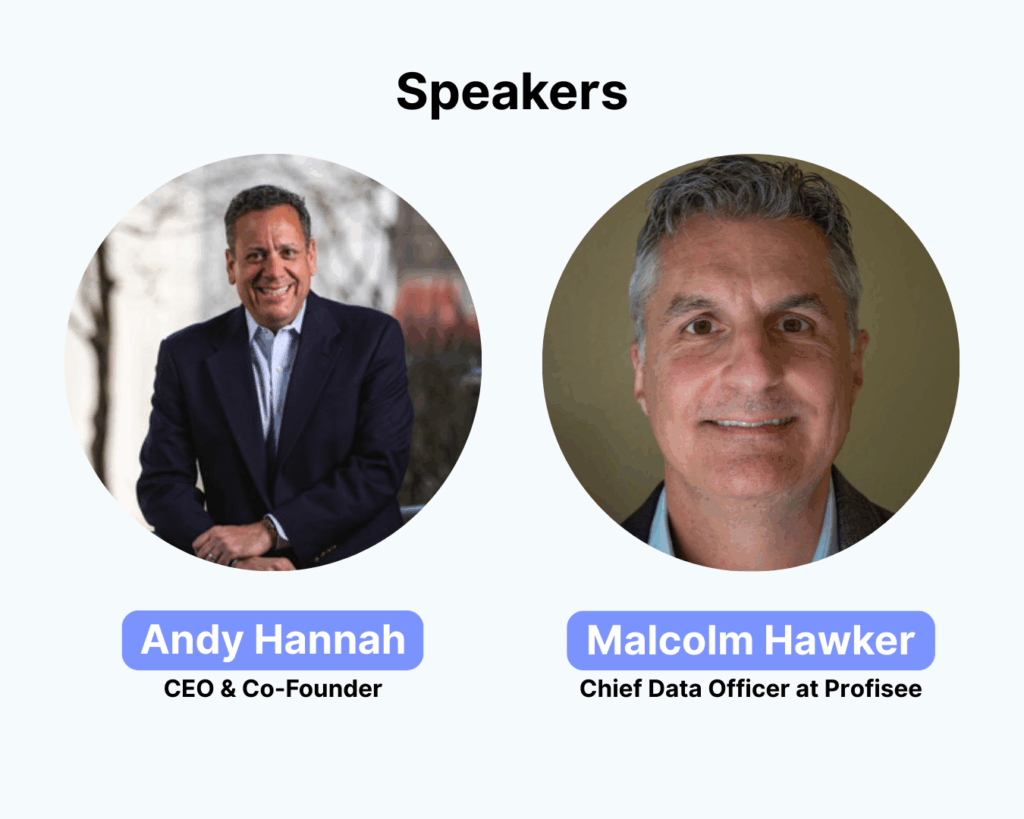Clinical trials are getting more complex—and finding qualified, diverse participants is harder than ever. With less than 10% of drug candidates receiving FDA approval, trial efficiency and patient recruitment can make or break a drug’s success.
That’s why researchers are turning to external data.
By tapping into real-world sources like clinical trial databases, electronic health records, social media, and wearable tech, researchers can quickly and more accurately identify ideal candidates for testing—improving trial outcomes and accelerating drug development.
Why External Data Improves Clinical Trial Recruitment
✅ Identify patients with the right demographics and health history in less time
✅ Improve candidate diversity by analyzing broader data pools
✅ Gain real-world insight into treatment response, behaviors, and preferences
✅ Reduce recruitment delays and improve trial success rates
How It Works
🔹 Use ML to match candidates based on trial criteria, history, and health data
🔹 Apply social media listening tools to surface emerging patient communities
🔹 Integrate wearable device and lifestyle data to assess suitability in real time
🔹 Leverage large clinical trial databases and EHRs to screen at scale
Real-World Impact: Rapid Recruitment at Scale
Insilico Medicine enrolled 71 patients across 29 sites in China for an IPF study using a generative AI drug discovery platform. The result? Faster, more targeted recruitment for a highly specialized condition—proving that smart data usage drives clinical trial speed and success.
—
📩 Want to accelerate your clinical trial recruitment with richer data? Let’s talk. Blue Street Data can help you source and integrate the third-party data you need to streamline enrollment and advance innovation.
[Talk to a Data Expert]
—

